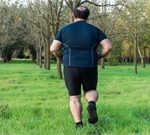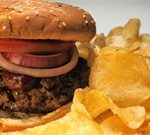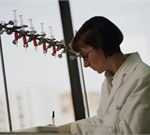
You can enjoy guilt-free holiday desserts by making some simple ingredient changes, a nutrition expert says. “I succeeded in making a healthier cheesecake that was a rich and creamy dessert that pleased even the most discerning taste buds,” said registered dietitian Libby Mills, a spokesperson for the Academy of Nutrition and Dietetics. “Making some substitutions from the traditional cheesecake recipe, I swapped plain low-fat yogurt for the sour cream. I made the crust by crushing equal parts high-fiber cereal and graham crackers and substituted the butter for lemon juice to bind the crumbs together,” Mills said in an academy news release. “My family loved it.” Healthy eating includes limiting the amount of calories from added sugars and saturated fats to less than 10% of your total daily calories. Mills offered other tips on making healthier desserts: Cut fats. Use applesauce instead of oil, margarine or butter in muffins and quick breads such as banana bread. Substitute a small amount at first because too much may change the texture of the muffins or quick bread. Reduce the amount of cholesterol by using two egg whites in place of one whole egg. Reduce the sugar. You can cut the amount of sugar in many recipes by 25% and no one will notice the difference. For example, use 3 tablespoons of sugar instead of 4. You might need… read on >















